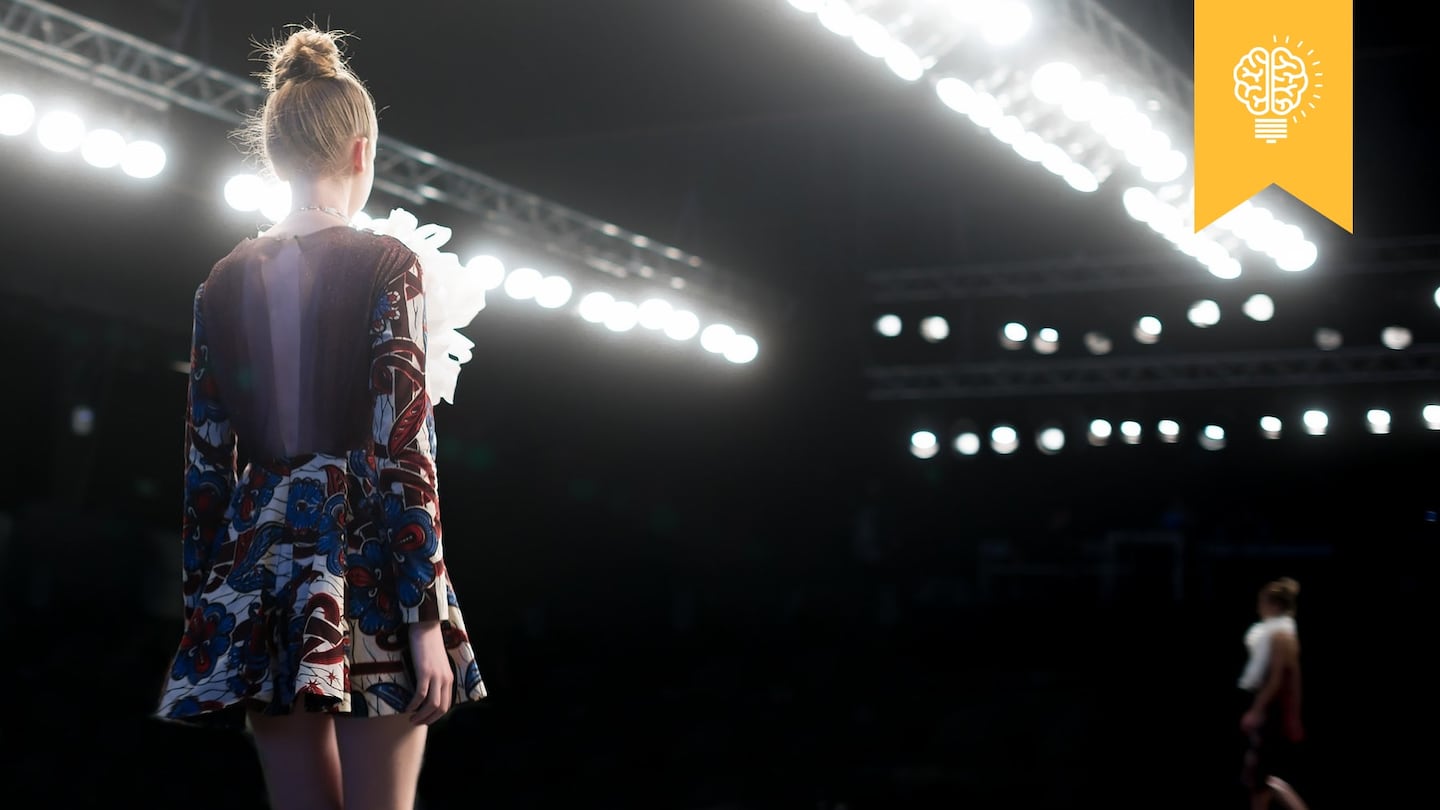
The Business of Fashion
Agenda-setting intelligence, analysis and advice for the global fashion community.

Agenda-setting intelligence, analysis and advice for the global fashion community.

LONDON, United Kingdom — Ready-to-wear is becoming an increasingly unprofitable niche in the broader luxury goods market, driven by a series of factors.
For one, fashion has been radically democratised. Shoppers now have access to the latest styles at a wide range of price points. What’s more, luxury ready-to-wear rarely matches the brand recognition factor of accessories and so falls short as a marker of status, which is so important to consumers.
At the same time, the economics of ready-to-wear are daunting. Collection costs are high, fashion shows are horrifically expensive, full price sell-through is poor and eye-catching displays eat into floor space at retail, resulting in low sales — and margins — per square foot. In most cases, when it comes to a brand’s ready-to-wear business, it’s a question of simply not losing too much money.
Of course, the value of ready-to-wear is also measured in terms of the aura it creates for a brand. The power of fashion shows and the impossible beauty of some ready-to-wear creations are an important tool for maintaining perceived exclusivity and brand image. But exactly what kind of aura is being created?
ADVERTISEMENT
Many luxury brands stage lavish fashion shows, then discard catwalk styles without even trying to sell them.
High-end fashion was once a real business, making beautiful garments for real people to actually wear. This is rarely the case today. Many luxury brands stage lavish fashion shows — and then discard their catwalk styles, without even trying to sell them. The emphasis is no longer on products.
Indeed, many designer fashion brands with roots in ready-to-wear are struggling to stand their ground in a market in which their core category is hardly profitable. Multi-layer branding and licenses generate revenue, but dilute brand equity. This creates a structural weakness that long-term luxury investors should heed: mega-brands rooted in designer fashion trivialise their equity faster than their peers in leather goods or jewellery.
Major publicly traded European luxury groups have limited sales exposure to apparel — and even less so to ready-to-wear. Kering, Prada and Hermès stand at about 10 percent. LVMH is significantly below this mark. In fact, after burning a few fingers, LVMH has largely stayed away from fashion altogether. Bucking the trend perhaps is Brunello Cucinelli, which is very exposed to high-end fashion, but its casual DNA sets it apart and shields it from most competition.
Luca Solca is the head of luxury goods at BNP Exane Paribas. This article reflects research conducted in association with Valérie Radenac of VR Fashion Luxury Expertise.
Related Articles:
[ The Truth About HandbagsOpens in new window ]
[ The French Contemporary Wave That's Reshaping Ready-to-WearOpens in new window ]
From analysis of the global fashion and beauty industries to career and personal advice, BoF’s founder and CEO, Imran Amed, will be answering your questions on Sunday, February 18, 2024 during London Fashion Week.
The State of Fashion 2024 breaks down the 10 themes that will define the industry in the year ahead.
Imran Amed reviews the most important fashion stories of the year and shares his predictions on what this means for the industry in 2024.
After three days of inspiring talks, guests closed out BoF’s gathering for big thinkers with a black tie gala followed by an intimate performance from Rita Ora — guest starring Billy Porter.